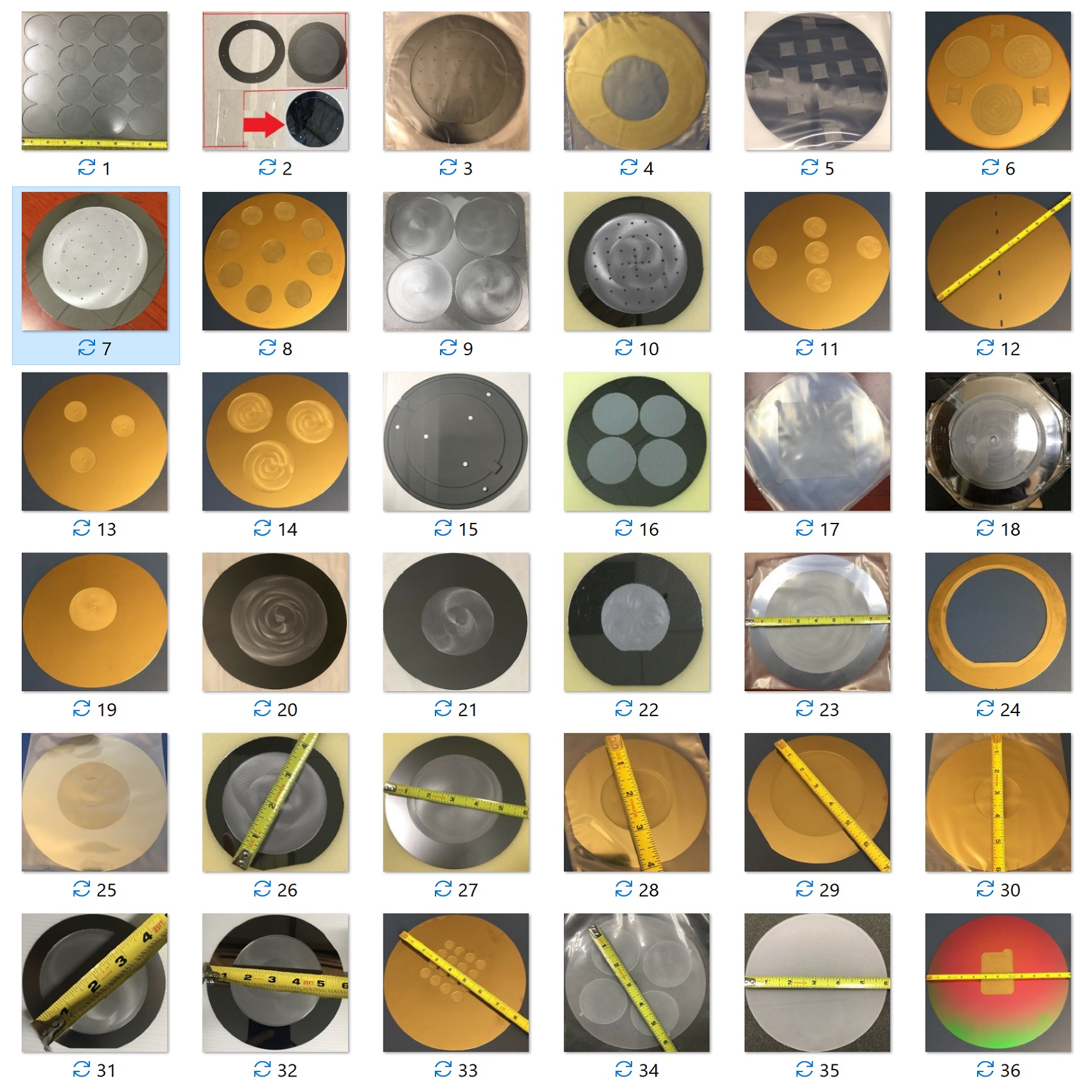Description
Tystar Equipment: MINI SERIES | STANDARD SERIES | NANO SEREIS | SOLAR SERIES | Photo-Enhanced CVD | Tystar Instruments: GAS CONTROL| MASS FLOW TESTER | FLOW CALIBRATOR
Model: TYTAN 4600 ATMOSPHERIC PLCVD, TYTAN MINI SERIES for diffusion, oxidation and LPCVD applications
Applications {TYSTAR GUARANTEED PROCESS SPECIFICATIONS}
TYTAN systems were primarily used for semiconductor device manufacturing in the 1980’s. Over the years, semiconductor process technology has proliferated to other areas such as:
- Solar photovoltaic (PV) cells
- Microelectronic mechanical systems (MEMS)
- Bio and chemical sensors
- Optical waveguides and optoelectronic devices.
TYTAN process capabilities are mainly diffusion, oxidation, nitriding, deposition, passivation, anneal and etc. These processes may be performed either under an atmospheric or a low pressure condition. A copy of the Tystar Standard Processes handbook may be ordered . Any specific question about a non-standard Tystar process may be directed to us.
New TYTAN processes have recently been developed to fabricate a variety of nano materials. It has been proven at many customers sites around the world that TYTAN systems are the most powerful tools for use both in research and in production. TYTAN systems can be used to produce nano materials such as nanowires, nanotubes, graphene, and others with the material specifications under precise control. Nanowires are believed to play a key role in the next generation electronics and are also being investigated for their potential use in other areas such as:
- Bio and chemical sensors
- batteries, energy storage/harvesting systems
- Photonic crystals, optical waveguides and light trapping devices
- Quantum dots, MOSFET, logic gates and interconnects
- Thermoelectric and photovoltaic cells
- Photocatalysis
A TYTAN system can also be used for the research and production of carbon nano materials. Depending on the recipe used, the diameter and the length of CNT or the thickness of graphene can be precisely controlled. The type of nano materials produced varies from a single-walled to a multi-walled of up to a few tens of nm, and the length from a few nm to a few mm. The graphene thickness may vary from a single layer to a few hundred nm. CNTs can be produced in a variety of forms such as vertically aligned, horizontally aligned, and entangled. Graphenes may also be produced in various forms ranging from a single-layered sheet to platelets. Potential applications of carbon nano materials are diverse. Just to name a few,
- Solar cells
- Batteries and super capacitors
- Displays and field emitters
- AFM tips
- Composite materials and fabrics
- Biomedical materials
- Conductive materials
- Air and liquid filters
The trademarks of the equipment and parts contained on this page belong to the Original Equipment Manufacturers.












